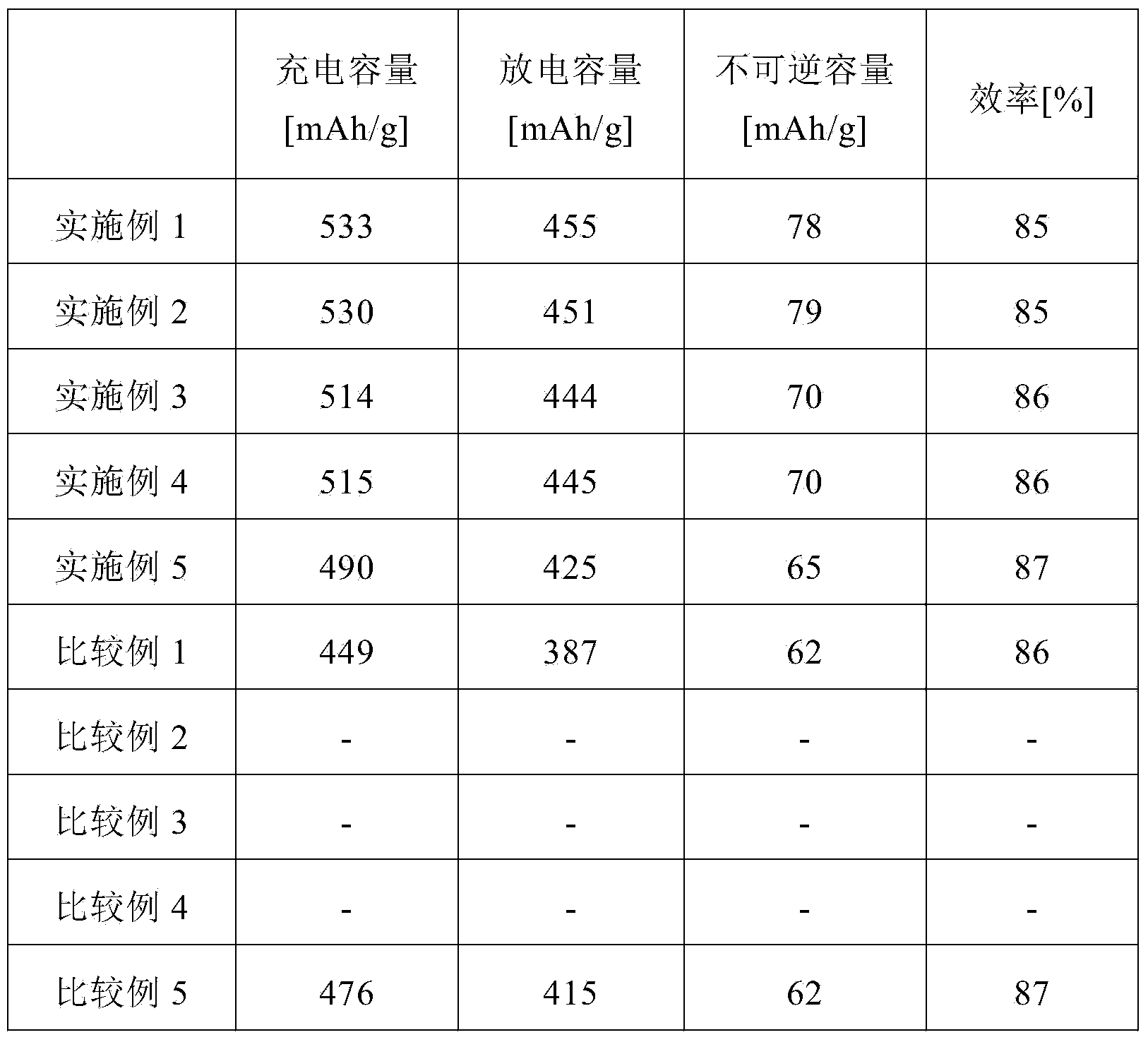Carbonaceous material for negative electrodes of nonaqueous electrolyte secondary batteries, and method for producing same
A non-aqueous electrolyte and secondary battery technology, applied in non-aqueous electrolytes, secondary batteries, battery electrodes, etc., can solve the problems of large crystal expansion and shrinkage, low cycle characteristics, etc.
- Summary
- Abstract
- Description
- Claims
- Application Information
AI Technical Summary
Problems solved by technology
Method used
Image
Examples
Embodiment 1
[0253] After adding 300 g of 1% hydrochloric acid to 100 g of extracted coffee grounds, the mixture was stirred at a temperature of 100° C. for 1 hour, and then filtered. Then, repeat the water washing operation three times, that is, add 300 g of boiling water, filter after stirring for 1 hour, and perform deashing treatment to obtain deashed coffee extraction residue. The obtained delimed coffee residue was dried under a nitrogen atmosphere, and then detarred at a temperature of 700° C. to obtain a carbonaceous precursor. It was pulverized using a rod mill to produce carbonaceous precursor particles. Then, the carbon precursor was mainly fired at 1250° C. for 1 hour to obtain a carbonaceous material 1 with an average particle diameter of 10 μm.
Embodiment 2
[0255] Carbonaceous material 2 was obtained in the same manner as in Example 1, except that the acid used for deliming was sulfuric acid.
Embodiment 3
[0257] Carbonaceous material 3 was obtained in the same manner as in Example 1, except that the acid used for deliming was citric acid.
PUM
| Property | Measurement | Unit |
|---|---|---|
| particle size | aaaaa | aaaaa |
| particle size | aaaaa | aaaaa |
| density | aaaaa | aaaaa |
Abstract
Description
Claims
Application Information
 Login to View More
Login to View More - R&D
- Intellectual Property
- Life Sciences
- Materials
- Tech Scout
- Unparalleled Data Quality
- Higher Quality Content
- 60% Fewer Hallucinations
Browse by: Latest US Patents, China's latest patents, Technical Efficacy Thesaurus, Application Domain, Technology Topic, Popular Technical Reports.
© 2025 PatSnap. All rights reserved.Legal|Privacy policy|Modern Slavery Act Transparency Statement|Sitemap|About US| Contact US: help@patsnap.com



